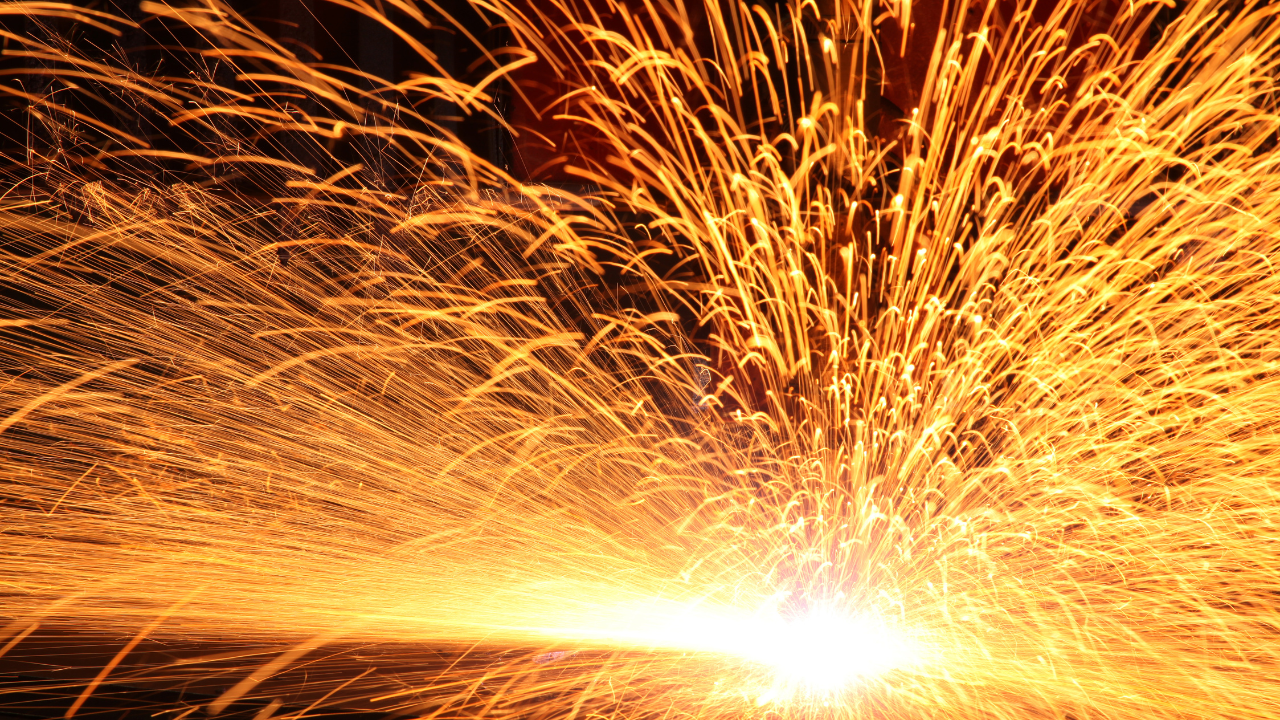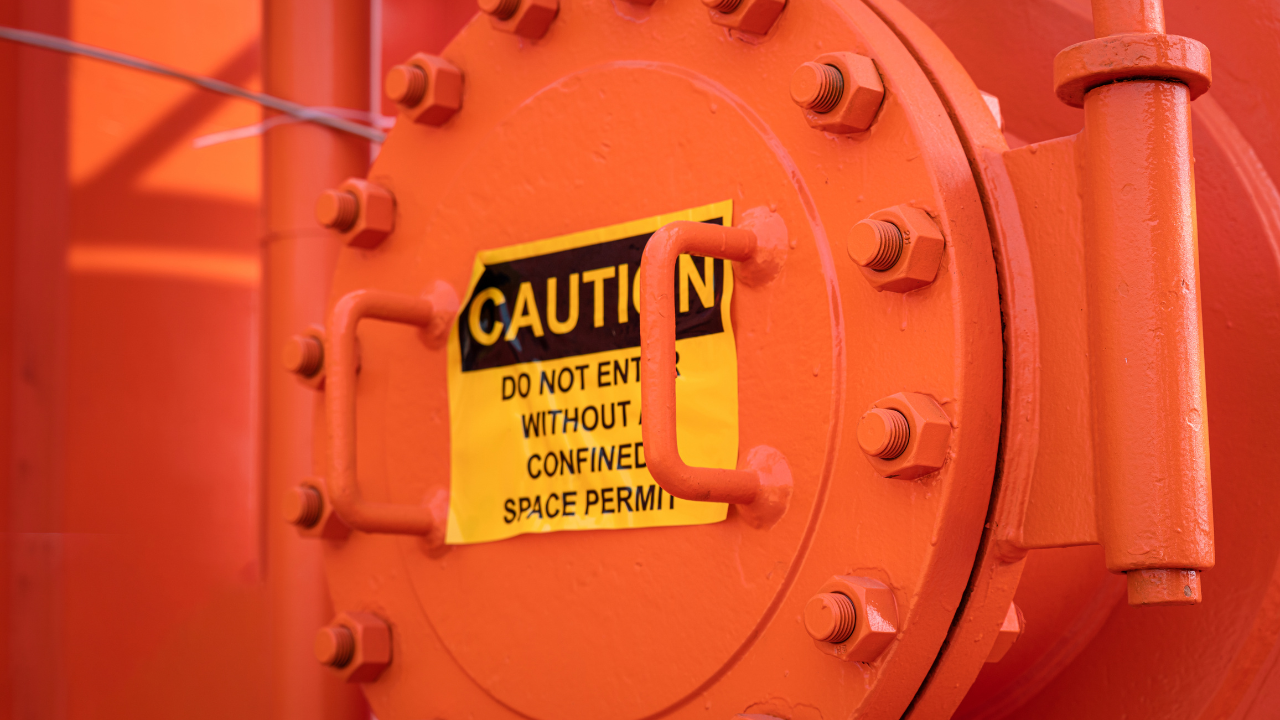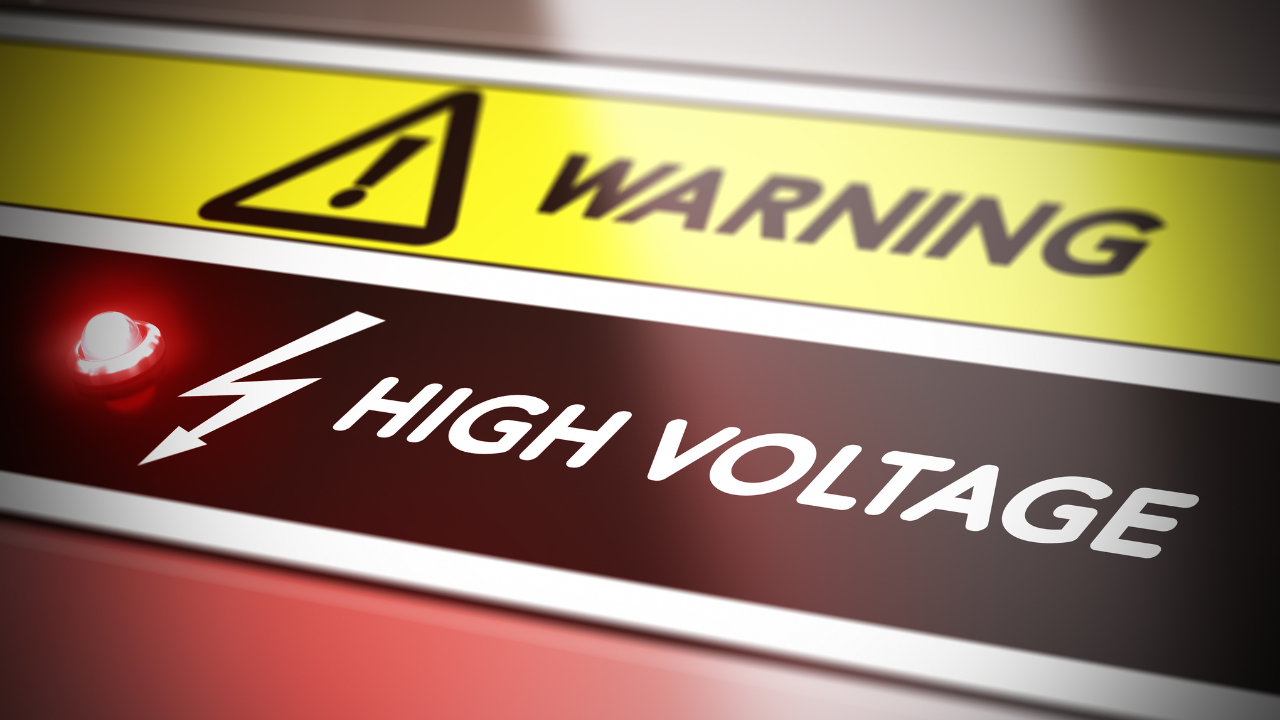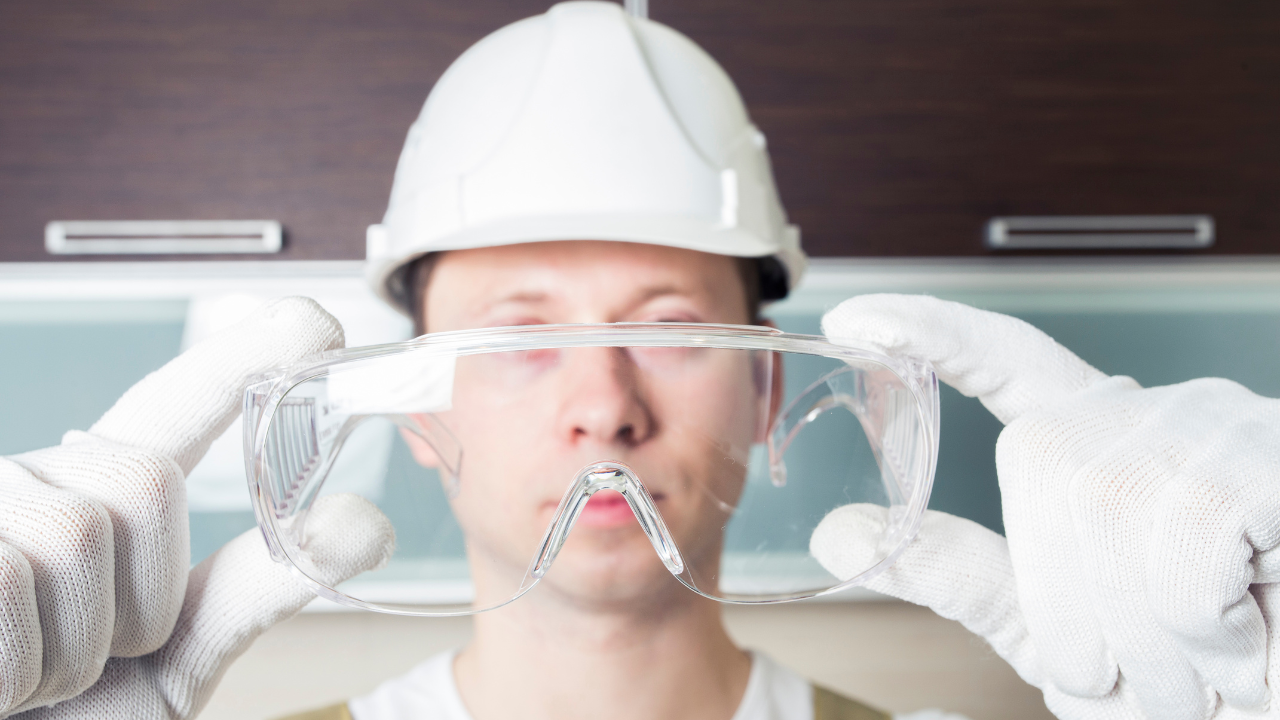Machine Safety: Machinery Friend or Foe?
TrainingOnline.com
Machinery Friend or Foe? The answer to the question depends on safeguards and safe work practices in place that either increase or decrease machine safety.
A huge proportion of the productivity of industrial nations like ours, dependent on machines, and this is often taken for granted!
Hour after hour, in businesses of all sizes, these workhorses respond to the men and women who operate them – by pounding, cutting, crushing, welding, stitching or whatever other task they were designed for, to fashion the products that will be marketed to hungry consumers. But there is a fearful downside to this scenario: the machine cannot distinguish between a piece of wood, steel or fabric and the operator’s body.
It does not know that the dust, splinters, sparks or metal chips that are an offshoot of its work may fly into the operator’s eyes, face and lungs with devastating effect. Instead, it is the workers and their managers and supervisors who must recognize these dangers and act to guard against them and ensure machine safety.
How do they go about ensuring machine safety?
To ensure machine safety employers must:
- Know and comply with the regulations that the Occupational Safety and Health Administration has established in Subpart O of 29 CFR 1910.211-219, its standard on machinery and machine guarding. This subpart deals with a whole spectrum of machines and the various types of available guarding devices that can prevent the injuries, and even deaths, that can otherwise result when moving machine parts and moving body parts meet. Unfortunately, violations of these regulations are among the most frequently cited by OSHA (ranking second in the past several years).
- Ensure that all potentially dangerous machinery is equipped with the appropriate type of guarding and that machines and guards are properly maintained.
- Provide and require the use of appropriate personal protective equipment (PPE) – whether it be face shields, safety glasses, gloves, aprons or the like.
- Establish safe work practices for machinery operation, and provide operators with thorough training in these practices and machine safety protocols.
- Maintain supervisory oversight of operations to see that safe work practices are followed, including correction and discipline when necessary.
- Assure that machine maintenance and repair are conducted only after lockout/tag-out procedures have been followed.
To ensure machine safety employees must:
- Understand and follow the prescribed work practices for machine operation in general, such as:
- Never start a guarded machine without the guard in place.
- Never remove or bypass the guard. If a guard must be removed for servicing or adjustment, lockout procedures must be followed.
- Never leave machine tools running unattended.
- Wear the proper PPE for the particular job – such as eye protection, safety shoes if the operation involves the handling of heavy stock or machine parts, safety caps to completely cover long hair that could be caught in the machinery. Do not wear neckties, jewelry or loose-fitting clothing (especially loose sleeves and cuffs of shirts or jackets).
- Immediately report to the supervisor any equipment with a missing or defective guard – or other unsafe condition you may notice – whether it is in your own work area or elsewhere.
- Practice good housekeeping: keeping the work area free of debris, spare parts, hand tools and spills.
The upshot? When employers ensure machine safety and that their machine operators work safely, the benefits are many: fewer injuries, less material waste, and the reduced cost resulting from both.
TrainingOnline.com
Related Articles

All About Eye Protection

Arc Flash/Arc Blast Review with Safety Suggestions for Design & Maintenance

CSA Launches First Confined Spaces Standard in Canada

Do You Need NFPA 70E?

Electrical Hazards

Eye Injuries are a Serious Threat to American Workers




